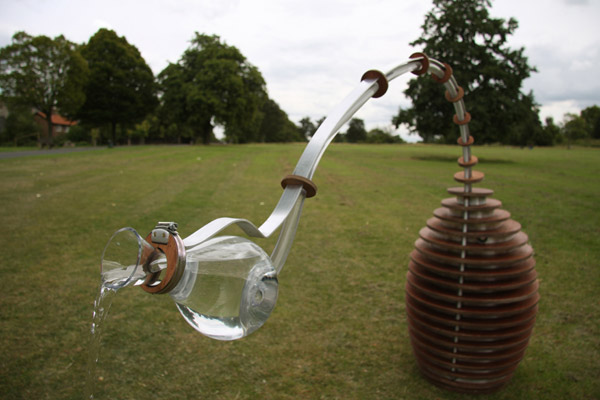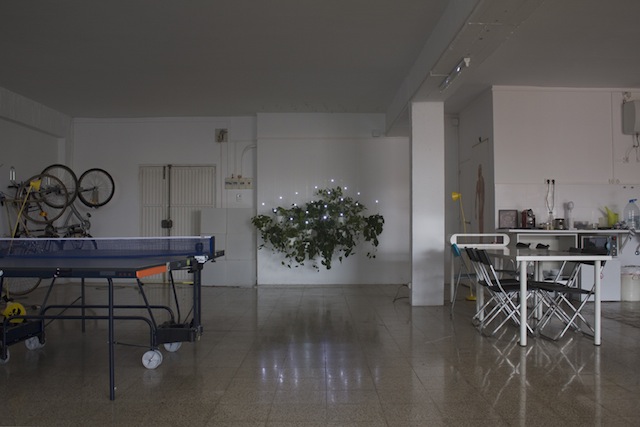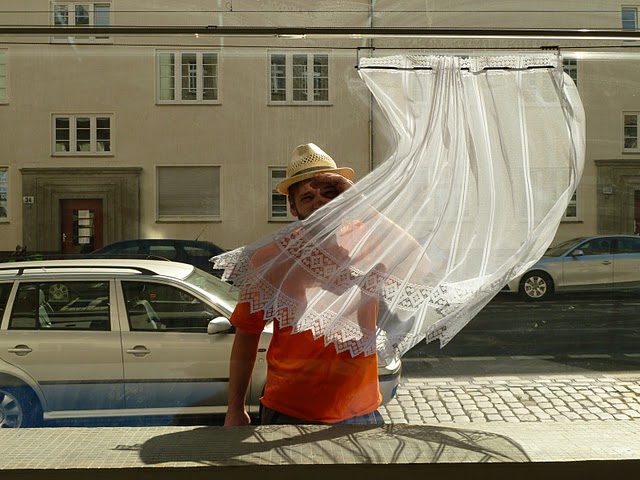Looking Outwards: Arduino
Discovery 1: Printer Orchestra
“Printer Orchestra” was created by Chris Cairns and the team at “is this good?” for the printer manufacturer Brother.
I liked the Printer Orchestra off-the-bat for its charm. In the about section on Vimeo, the team explains that they were inspired by “Tristram Cary, James Houston, BD594 and other radical tinkerers” and comment that “Making cold stuff warm is fun.” I love the last part of that—I think the orchestra is a huge success in taking mundane, cold pieces of technology and making them warm and expressive. (I also think it’s a good idea to carry forward in this course/in electronic media art in general.)
Discovery 2: BMW Museum Kinetic Sculpture
This kinetic sculpture in the BMW museum was created by the firm ART+COM, a German firm which “design[s] and develop[s] innovative media installations, environments, and architecture.” According to ART+COM, the sculpture visualizes “the process of form-finding in different variations.”
This project’s documentation does not explicitly state that it uses Arduino, but it did come up in a youtube search for “arduino mediaarttube” and it looks like an Arduino project. Anyway, I enjoyed this project first for its aesthetic and second for its concept. The suspended spheres look like they are floating, and seeing them move gracefully and gradually into sync is mesmerizing to watch. I think the project successfully expresses the exploration involved in form-finding.
Given that this project is not highly interactive, I think it’s remarkably engaging. I also appreciate that in this piece, it seems clear that the technology was supporting a larger vision—to create these floating, synchronized spheres—rather than just being an experimental “gizmo”.
Discovery 3: un-melt
“un-melt” is a video created by Tony Round, an architect and filmmaker. The video was created for Gizmodo’s monthly video challenge. The particular challenge he was responding to was to “play with video reversal—backwards playback”.
Round used Arduino in this project to drive a homemade timelapse dolly rig. I liked this project because the video seemed beautiful and magical, showing me a process (un-melting) that I would not normally perceive. I also really enjoyed the cinematography of the piece; it had really beautiful shots. Round’s use of the Arduino to steer his dolly enabled him to take those shots, and I think that this use of Arduino was interesting because it was not all about the Arduino itself; it was about what the Arduino could support.



